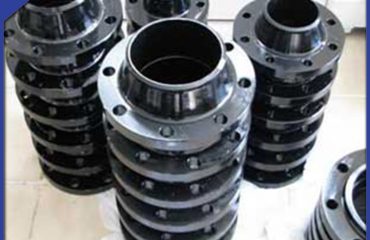Malleable iron fittings stand as essential components in plumbing, heating, and fluid transfer systems, valued for their unique blend of flexibility, strength, and affordability. Unlike rigid cast iron, malleable iron undergoes a specialized heat treatment process that transforms its brittle structure into a ductile material, making it suitable for a wide range of industrial and residential uses.
The manufacturing of malleable iron fittings begins with casting. Molten iron, mixed with carbon, silicon, and other alloying elements, is poured into sand molds to create “white iron” castings—hard, brittle components with a crystalline structure. The key step that defines malleable iron is the annealing process: these white iron castings are heated to temperatures between 800°C and 900°C (1472°F to 1652°F) and held for 20 to 72 hours. This prolonged heating breaks down the brittle iron carbide into graphite nodules, surrounded by a ductile ferrite or pearlite matrix. The result is a material that retains the strength of cast iron while gaining the ability to bend without cracking, a critical property for fittings that may face minor vibrations or pressure fluctuations.
Two primary types of malleable iron fittings dominate the market: black malleable and galvanized malleable. Black malleable fittings, with their natural iron finish, are commonly used in low-pressure air, gas, and steam systems, as well as in industrial piping where corrosion resistance is not a primary concern. Galvanized malleable fittings, coated with a layer of zinc through hot-dip galvanization, offer enhanced protection against rust and moisture. This makes them ideal for outdoor applications, plumbing systems carrying water, and environments exposed to humidity or chemical vapors. Common fitting designs include elbows, tees, couplings, unions, and caps—each engineered to facilitate changes in pipe direction, branch connections, or system termination.

The advantages of malleable iron fittings extend beyond their ductility. They exhibit excellent impact resistance, able to withstand sudden pressure spikes or physical shocks without fracturing, a trait that rigid materials like PVC or brass often lack. Their high tensile strength (typically 300-400 MPa) ensures long-term reliability in systems operating at moderate pressures, while their machinability allows for precise threading and customization to fit standard pipe sizes. Additionally, malleable iron’s thermal stability makes it suitable for both high-temperature (up to 300°C/572°F) and low-temperature applications, outperforming plastic fittings that may warp or degrade under extreme heat.
In terms of applications, malleable iron fittings are ubiquitous. In residential settings, they connect pipes in water supply lines, heating systems, and gas lines for appliances like stoves or water heaters. In commercial and industrial contexts, they are used in compressed air systems, manufacturing machinery, and HVAC ductwork. Their compatibility with various pipe materials—including steel, copper, and plastic—adds to their versatility. However, proper installation is crucial: fittings must be threaded correctly, sealed with appropriate compounds (like Teflon tape or pipe dope), and tightened to recommended torque levels to prevent leaks. Regular inspection for signs of corrosion, especially in galvanized fittings, helps extend their service life.
As a cost-effective and reliable alternative to more expensive materials like stainless steel or brass, malleable iron fittings continue to play a vital role in modern piping systems. Their unique manufacturing process, combined with durable performance and adaptability, ensures they remain a go-to choice for engineers, plumbers, and contractors worldwide.
 Language
Language Espanol
Espanol English
English Italian
Italian عربى
عربى
 Skype: chinamaker99
Skype: chinamaker99  Tel: 86-316-5120812
Tel: 86-316-5120812  Email:
Email:  Whatsapp:
Whatsapp: 
